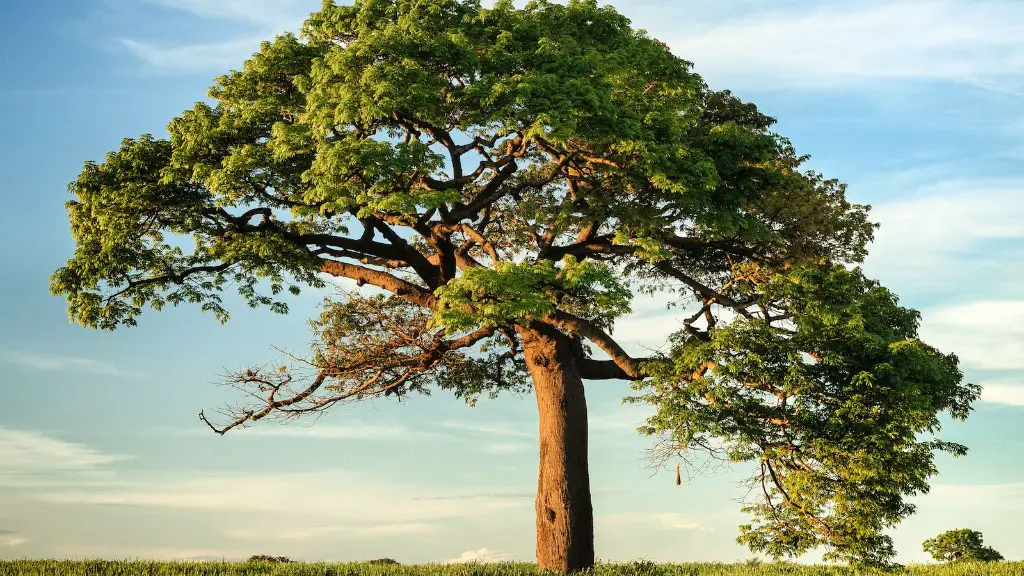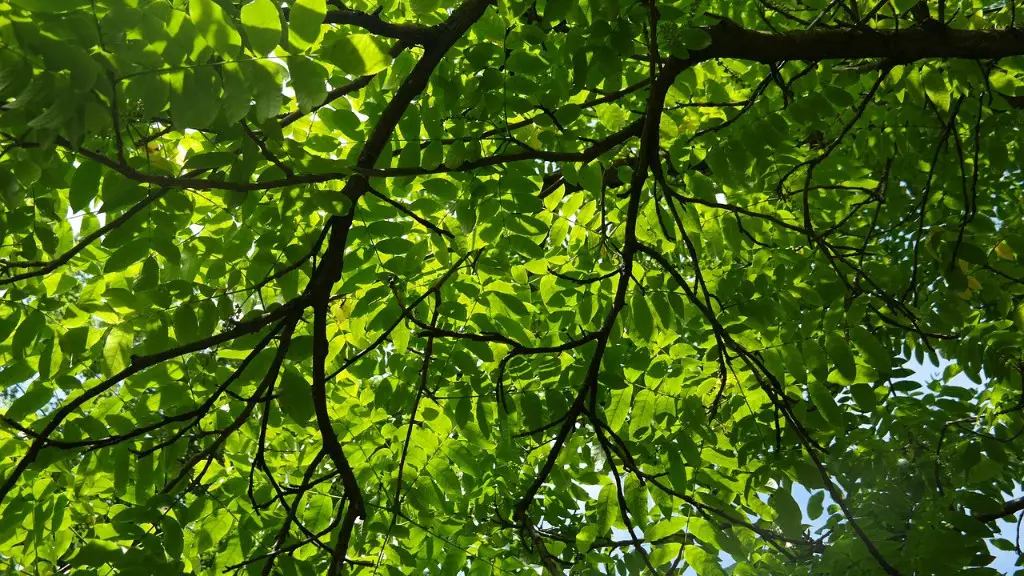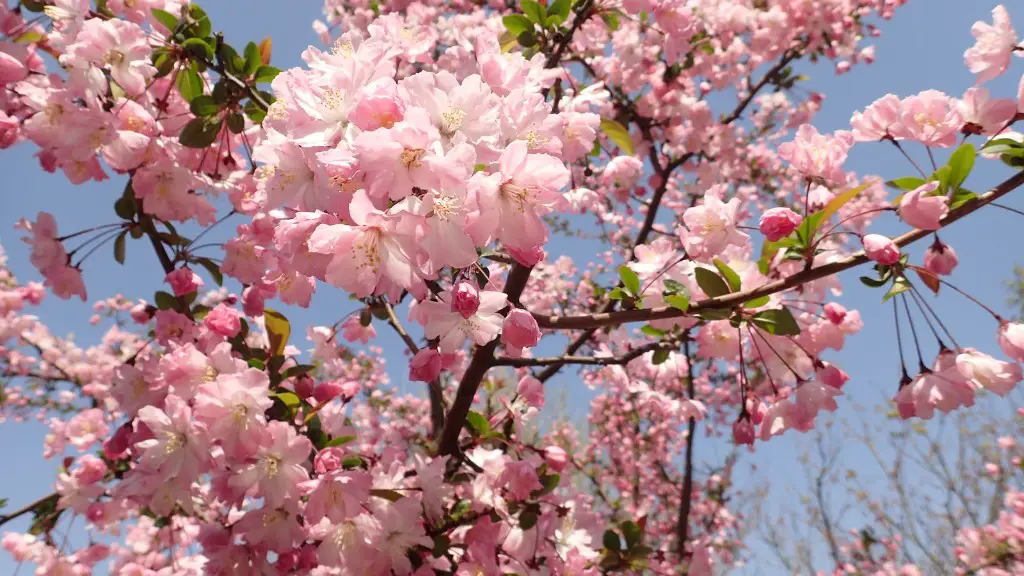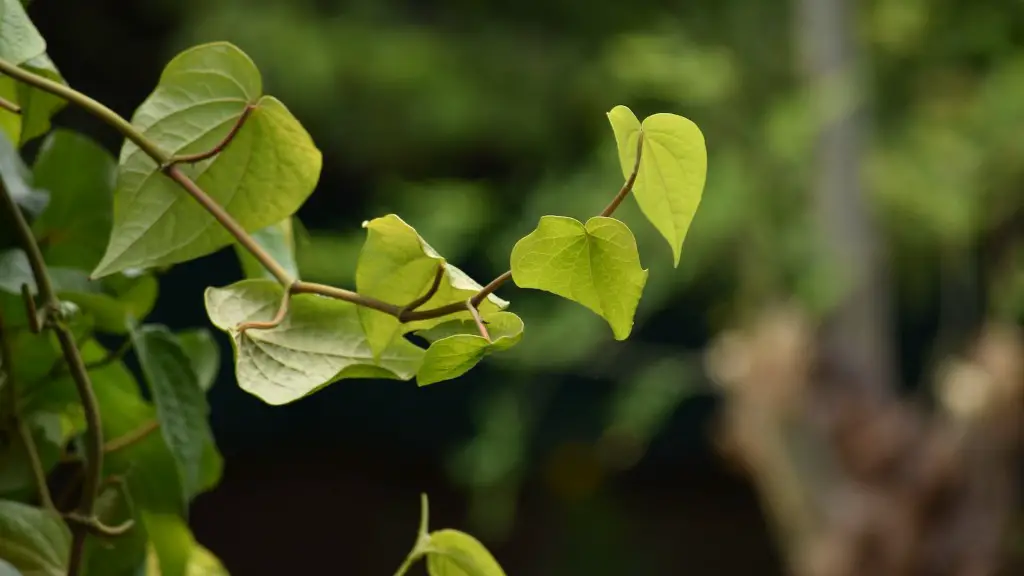Lemon trees are a popular choice for home gardens because they are relatively easy to care for and produce an abundance of fruit. Grafting is a technique that can be used to propagate new lemon trees from existing ones. It is a relatively simple process that can be done with a few basic tools.
To graft a lemon tree, you’ll need to prepare a rootstock and a scion. The rootstock is the root system of another lemon tree that will provide support for the new tree. The scion is a young branch that contains the desired mutations or characteristics of the lemon tree you want to create.
To graft the lemon tree, you’ll need to make a clean cut on the rootstock and scion that are about the same size. Fit the cut ends of the rootstock and scion together, and then bind them together with grafting tape or string. The grafting tape or string will need to be left in place for several weeks to allow the cuts to heal.
Once the cuts have healed, the lemon tree will need to be carefully monitored. The tree will need to be watering regularly, and the grafting tape or string will need to be checked to make sure it is still secure. After a few months, the graft should take and the new lemon tree will begin to grow.
What is the best time to graft a lemon tree?
Grafting is a process of inserting a piece of one plant into another plant so that they will join together and continue to grow. This is often done in order to improve the plant’s chances of survival or to create a plant with desired characteristics.
Grafting is usually done in late winter or early spring, when the plant’s bark can be easily lifted from the cut surface. This is known as a “bark slip.” The grafting process involves joining the two plants together so that their vascular systems will join and the plants will continue to grow as one.
Grafting can be used to create plants with desired characteristics, such as improved disease resistance or a certain shape or form. It can also be used to repair damaged plants or to improve the chances of survival for a plant that is not doing well.
Budding is a great way to propagate young citrus trees because it is relatively easy to do and it produces good results. The key to success with budding is to make sure that the bud is well-attached to the bark and that the grafting cuts are clean and smooth.
Do lemon trees need to be grafted
Grafting is a common practice in the citrus industry because it allows for the quick production of trees that bear fruit. Grafting also confers disease resistance to the scion, or the upper part of the tree that produces fruit, by using a hardier rootstock. This makes grafting an essential tool for commercial growers.
Citrus aurantium L rootstock and “Berna” and “Washington Navel” interstocks are the most appropriate to graft in the lemon tree. These rootstocks and interstocks are known to be resistant to many of the diseases that can affect lemon trees, and they also have a high tolerance for different soil types.
Can you graft citrus in fall?
Budding and grafting are best done in the spring or fall when the bark is easily separated from the wood. It should be timed to be early enough so that warm weather will help ensure a good bud union, yet late enough so that the bud will not begin to grow and callus will not grow over the bud itself.
The amount of time it takes for a Meyer lemon tree to bear fruit depends on how the tree was grown. A grafted tree can bear fruit in as little as two years, while seed-grown Meyer lemon trees can take anywhere from three to seven years to produce fruit.
What is the most successful grafting technique?
Budding is a grafting method that is becoming increasingly popular in fruit tree production. Its main advantages are that it is much quicker than other methods and requires fewer resources. Additionally, it is possible to produce a large number of plants using this method.
Grafting is a technique used to join two pieces of plant tissue together so that they will grow as one plant. The best time for grafting is in the spring just as growth starts. This is because the plants are still dormant and the scions (the smaller piece of plant that is grafted onto the rootstock) are still dormant. If necessary, grafting can start several weeks before growth is expected and can continue a few weeks after growth has started, if you have dormant scion wood in storage and if weather is not exceptionally warm.
What are the 3 grafting techniques
Which grafting method is used depends on the type of plant being grafted, the type of graft desired, and the experience of the person grafting the plant.
Cleft grafting is done by cutting the rootstock and scion (the desired plant) at a 45 degree angle. The cut surfaces are then fitted together and held in place with metal or plastic clips. This type of grafting is often used for trees and shrubs.
Inlay grafting is similar to cleft grafting, but the cut surfaces are not fitted as closely together. This type of grafting is often used for plants with thick bark, such as roses.
Four-flap grafting is done by making two parallel cuts in the rootstock, and then making two perpendicular cuts that intersect the first cuts. The scion is then inserted into the cuts and held in place with metal or plastic clips. This type of grafting is often used for fruit trees.
Whip grafting is done by making a long, sloping cut on the rootstock and a matching cut on the scion. The two cuts are then fitted together and held in place with tape or twine. This type of grafting is often used for vines
Lemon trees are a popular choice for many homeowners because of their beautiful fragrance and fruit. While lemon trees can be grown indoors in cooler climates, they will only reach their full potential when grown outdoors in warm weather. Regular lemon trees can grow up to 20 feet tall and produce fruit in just six years.
Which is better budding or grafting?
Budding and grafting are both horticultural techniques that are used to improve the quality of plants. Budding is mainly used on fruit trees, while grafting is mainly used on ornamental trees and nut trees. Grafting is used to improve the quality of the fruit, flower, or leaves, while budding is used to improve the yield of the tree.
Most citrus varieties are self-fertile, so only one tree is typically needed for fruit production. On average, fruit bearing begins when the trees are between 3 and 6 years old. However, exact timing will depend on the type of citrus, the cultivar, your climate, the health of the plant and its care, and other factors.
Can you graft a Meyer lemon tree
The citrus trees you purchase at the nursery have all been grafted. That is, a desirable, named citrus variety, such as Owari satsuma or Meyer lemon, is grafted onto a rootstock that is a completely different type of citrus. Trifoliata orange (also called sour orange) is often used as the rootstock.
T-budding is a common grafting method used by nurseries to graft lemon trees. A single bud from a desired variety is grafted onto a rootstock. In addition to its use in lemon grafting, T-budding is also used for grafting fruit trees of many kinds.
What is the best rootstock for grafting citrus?
Heen Naran grows best on lava soils, but can also grow on heavier clay and loam soils. It is a good all-around rootstock for tangerines, grapefruits, pummelos, limes, and most oranges. Rangpur lime is a vigorous, dependable, disease-resistant rootstock for the usual citrus cultivars grown in Hawaii.
If you remove the tying tape too soon after the graft, the plant may not have had enough time to properly heal and the graft could come undone. If you leave the tape on for too long, it may restrict growth in the graft area. The time frame for tape removal is typically 2-4 months.
Why does grafting fail
Graft failure can occur when errors are made in graft selection, tunnel placement, tensioning, or fixation methods. Improper postoperative rehabilitation may also lead to graft failure, but current protocols seem to minimize its occurrence.
If you live in a frost-free region, the best time to prune your citrus trees is right after they’ve finished fruiting in spring. But if you live in an area with frost, it’s best to wait until winter to prune, since any new growth during that time will be soft and susceptible to damage from the cold.
Conclusion
There are various ways to graft lemon trees, but the most common method is called “T-budding.” This grafting technique is done in late summer or early fall, when the bark of the lemon tree is slipping. To graft a lemon tree using the T-budding method, you will need a sharp knife, a clean rootstock, and a young lemon tree branch with at least two leaves.
First, cut a T-shaped incision into the bark of the rootstock. The top of the T should be about 1 inch long, and the vertical portion of the T should be about 2 inches long. Next, peel the bark back from the top of the T-shaped incision.
Next, take the young lemon tree branch and cut a wedge-shaped section out of the bottom of the branch. The wedge should be about 1 inch long and should include a leaf bud.
Insert the wedge-shaped section of the lemon branch into the T-shaped incision on the rootstock, making sure that the leaf bud is facing upward. Wrap the grafting union with a piece of grafting tape or parafilm to hold it in place.
Water the grafting union generously and keep the rootstock
One way to graft a lemon tree is to take a young, healthy shoot off of the lemon tree you wish to graft onto, and a rootstock that is about the same age. Cut the rootstock so that it is about 3 inches taller than the shoot. Cut a slanting cut about an inch long into the bottom of the shoot, and make a corresponding cut on the rootstock. Join the two cuts together, matching the cambium layers as closely as possible, and wrap them tightly together with grafting tape or wax. water the rootstock well, and keep it in a protected, humid environment until it has healed and begun to grow.





